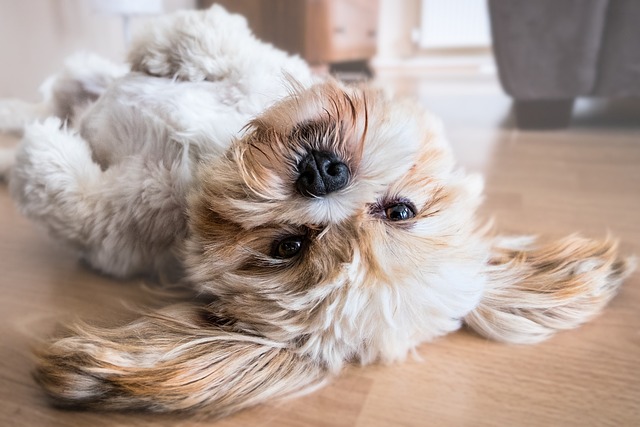
Do Bichon Frise dogs have health issues?
Bichon Frise are beloved for their fluffy white coats and playful personalities, but like all breeds, they can face specific health concerns.
You’re at the local pet store, staring at an entire wall dedicated to dog treats. You’ve got your new puppy, Luna, and you’re ready to start training, but the choices are overwhelming. What are genuinely good treats for training dogs? The answer isn’t about finding one single magic bullet, but rather about understanding what makes a treat effective. The best training treats are those your dog absolutely loves, can eat quickly without stopping the flow of the lesson, and are healthy enough to be given frequently without ruining their diet.
The secret lies in the concept of value. Think of it like a currency exchange for your dog. Their everyday kibble is the baseline—like having a pocket full of pennies. It’s useful for simple, familiar tasks in a distraction-free room. But when you need to teach a brand new skill or practice at a busy park, you need the hundred-dollar bills. These high-value treats are the ones that make your dog’s eyes light up. They are typically soft, smelly, and incredibly palatable. Their potent aroma and taste are far more motivating than a dry, boring biscuit. The physical form is just as important. The ideal training treat is tiny, no larger than a pea. This allows you to reward your dog dozens of times in a single five-minute session without filling them up, keeping them engaged and eager for the next repetition.
So what does this look like in your treat pouch? You have fantastic options from both commercial and homemade categories. Many trainers gravitate towards commercial soft training treats from brands like Zuke’s Mini Naturals or similar, which are specifically designed to be the perfect pea-sized morsel. Freeze-dried liver or salmon are also incredibly high-value for most dogs. On the homemade front, small pieces of boiled chicken breast, tiny chunks of low-sodium hot dog, or even scraps of baked sweet potato are often irresistible and cost-effective. The golden rule is to always pair the delivery of the treat with a clear marker word like “Yes!” or a click from a clicker. This marks the exact moment your dog performed the correct behavior and makes the reward even more effective. This entire process is the foundation of positive reinforcement training, which builds a confident, happy dog who loves to learn.
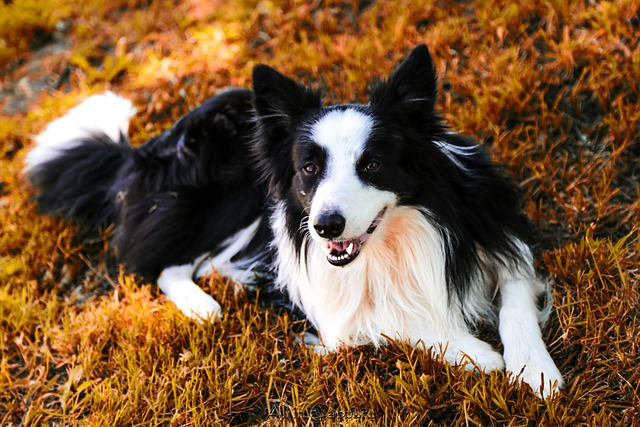
This thoughtful approach to training is a cornerstone of responsible dog ownership and seamlessly connects to your broader duties. While you’re using these high-value treats to teach Luna a reliable "recall," you’re directly investing in her safety and the safety of the public. This makes ensuring her puppy vaccination series, including the legally mandated rabies shot, absolutely non-negotiable. It’s the law, and it’s your most fundamental responsibility as a pet owner. Furthermore, the manners you instill with those tasty rewards are the bedrock of good community etiquette. A dog who is focused on you for a treat is less likely to jump on neighbors in your apartment building lobby or bark excessively at passersby. And as you take your training on the road, the most basic rule of all remains: always, without fail, have a supply of bags to clean up after your dog immediately. This is a universal legal obligation in American cities and the ultimate sign of a respectful and conscientious community member.
Finding good treats for training is about more than just getting your dog to obey. It’s a strategy for building a shared language and a strong partnership based on positive communication. By using a strategic mix of high-value and everyday rewards, you’re not just teaching commands—you’re fostering a well-mannered and joyful companion who is a pleasure to have by your side, both at home and out in the world.

Bichon Frise are beloved for their fluffy white coats and playful personalities, but like all breeds, they can face specific health concerns.
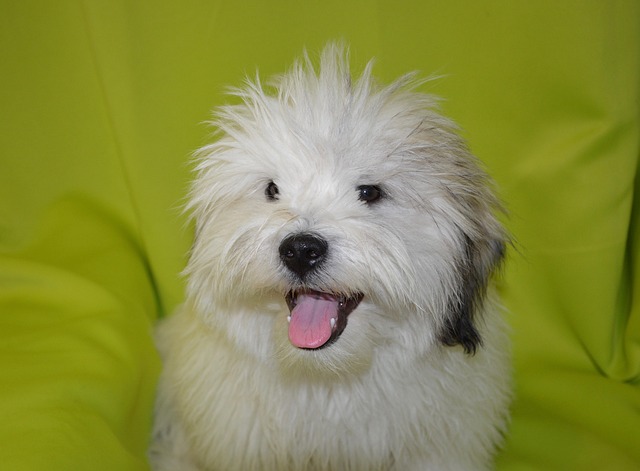
Dogs chewing their beds while home alone often stems from more than just boredom—think separation anxiety, pent-up energy, or even a natural urge to gnaw.
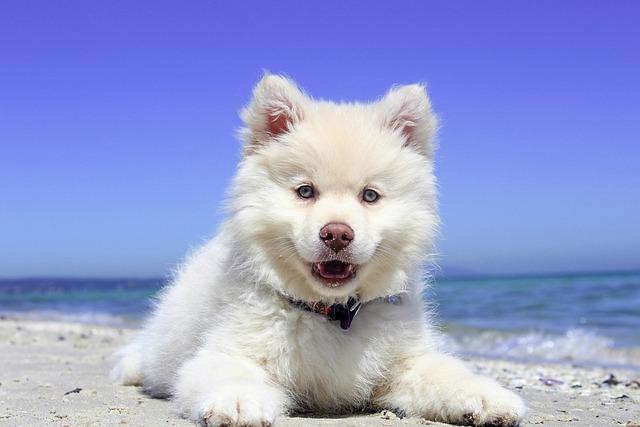
Dogs scratching their necks can turn into a messy cycle—raw skin, infections, and even vet bills piling up. The first step is figuring out why they’re doing it. Fleas are a classic culprit, especially in warmer months when these pests thrive.
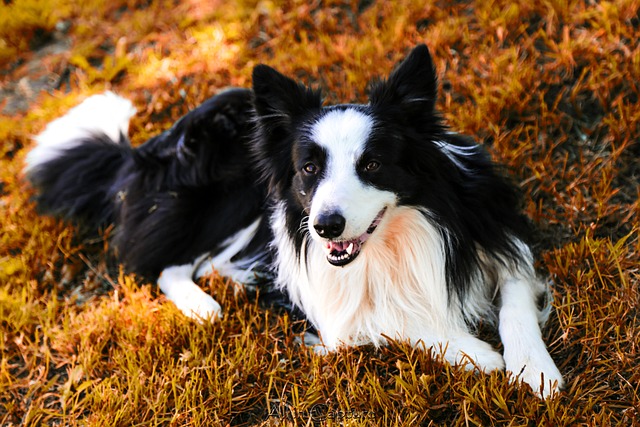
You’re at the local pet store, staring at an entire wall dedicated to dog treats. You’ve got your new puppy, Luna, and you’re ready to start training, but the choices are overwhelming.
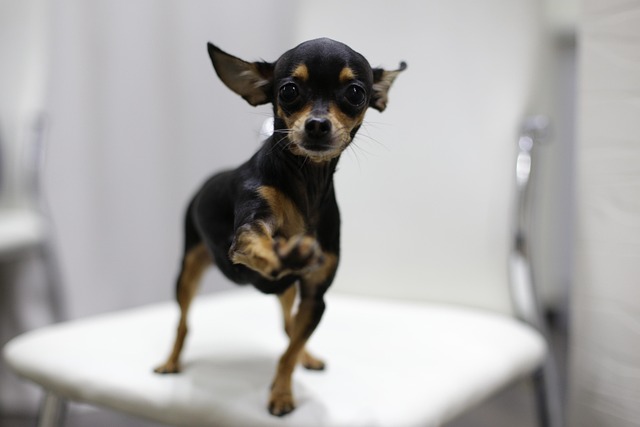
Ever lifted your dog’s bed to find a stash of kibble, a half-eaten treat, or even a stolen sock tucked away? It’s a common scene in many dog homes, but there’s more to this behavior than mere mischief.

Imagine you’re in a snowy Boston afternoon, lacing up your boots while your 10-month-old Golden Retriever, Leo, wags his tail by the door.